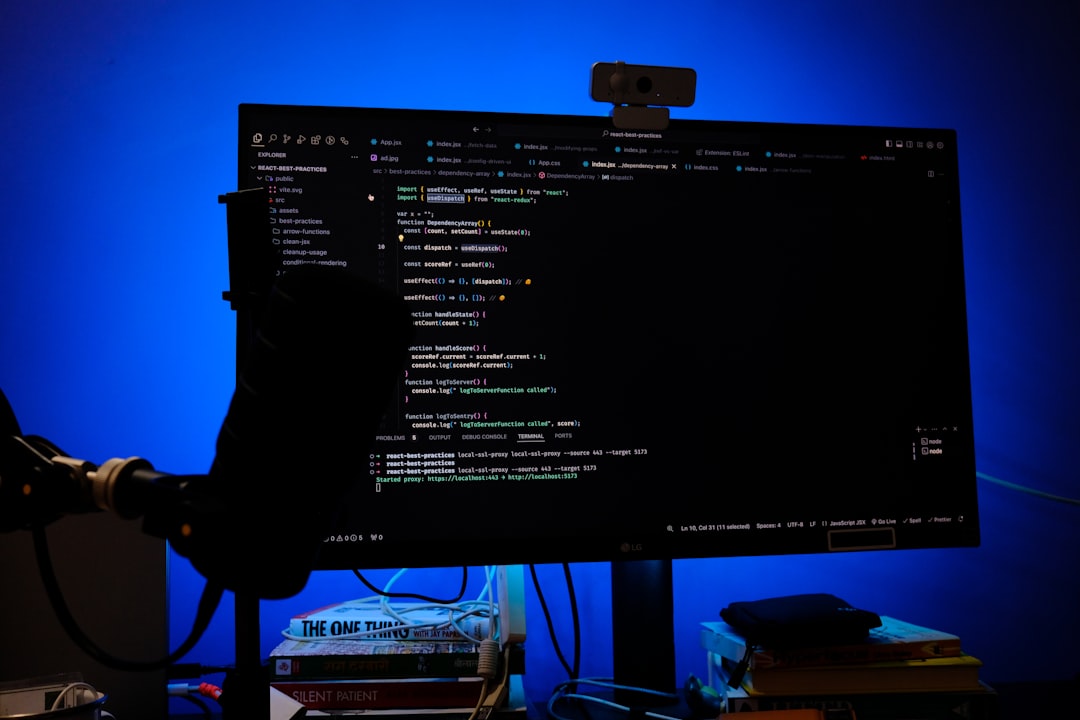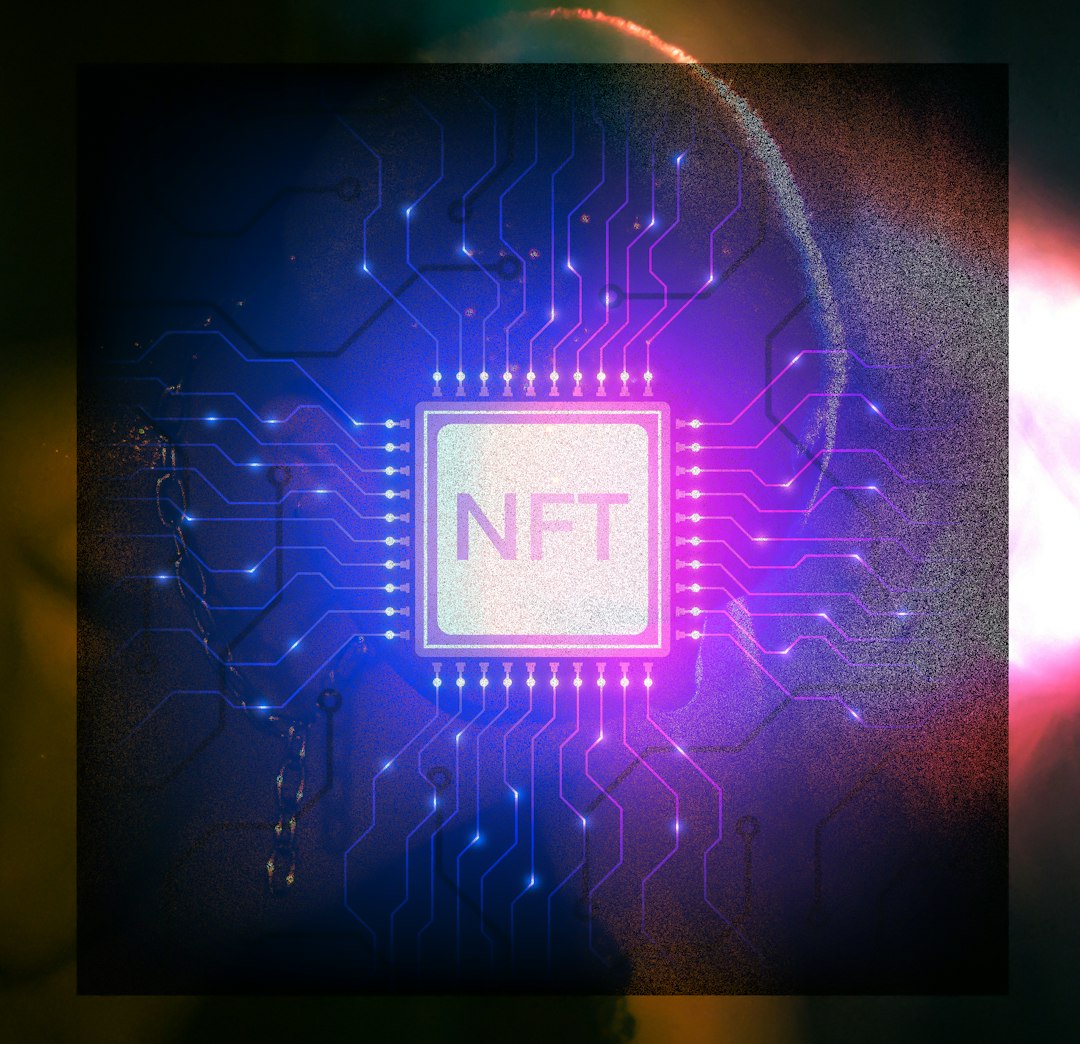In recent years, the advent of high-resolution video content and the explosion of digital media collections have led to a growing interest in efficient video transcoding at home. Transcoding refers to the process of converting a video file from one format or codec to another, often to reduce file size, ensure compatibility with different playback devices, or improve performance on varying network conditions. While central processing units (CPUs) have traditionally handled this task, the increasing availability of consumer-grade graphics processing units (GPUs) has brought about a significant performance boost to home transcoding workflows.
This article explores the benefits, requirements, and best practices for implementing GPU-aided video transcoding at home, allowing enthusiasts and hobbyists alike to manage and optimize their digital media libraries with professional-grade results.
The Rise of Video Transcoding Needs at Home
With the proliferation of 4K, HDR, and high frame rate content, along with the popularity of personal media servers such as Plex, Jellyfin, and Emby, it’s no surprise that users find themselves needing to transcode media files regularly. Common scenarios include:
- Reducing video size for storage efficiency without compromising too much quality
- Converting formats so that videos play correctly on older TVs, smartphones, or limited-bandwidth connections
- Standardizing codecs across media collections for compatibility with streaming servers
- Generating lower-resolution versions for remote streaming and mobile viewing
However, transcoding is a computationally intense process. Basic home setups relying solely on CPUs often find themselves overwhelmed when handling multiple concurrent transcodes or high-resolution content. This is where GPUs come into play.
Why Use a GPU for Transcoding?
Modern GPUs are designed for parallel processing, making them ideal for handling the repetitive tasks involved in video encoding and decoding. While a CPU may have 8–16 general-purpose cores, a mainstream GPU has hundreds or even thousands of smaller cores optimized for matrix math and pixel operations.
Transcoding tools that support hardware acceleration can offload parts of the transcoding process to the GPU, often resulting in:
- Faster processing times — up to 5–10x faster than CPU-only transcoding for many codecs
- Lower CPU usage, freeing computer resources for other tasks or simultaneous streams
- Improved energy efficiency, as the GPU can finish the task more quickly
Supported codecs typically include H.264 (AVC), H.265 (HEVC), and sometimes newer standards like VP9 and AV1, depending on the specific GPU and driver support.
Popular GPU Transcoding Solutions for Home Use
Several popular tools and frameworks offer GPU acceleration for video transcoding. Some of the most trusted and widely used options include:
- FFmpeg – The cornerstone of video processing, FFmpeg supports a range of hardware-accelerated options like NVENC (NVIDIA), Quick Sync (Intel), and VCE/VCN (AMD). Flagging appropriate encoders can result in dramatic speed improvements.
- HandBrake – A user-friendly transcoding application that also offers GPU acceleration options. While slightly more limited in codec support than FFmpeg, it’s ideal for users looking for a GUI-based solution.
- Plex Media Server – Offers native support for hardware-accelerated transcoding. A paid Plex Pass subscription is required to enable this feature, but it works seamlessly with supported GPUs for real-time streaming.
- Jellyfin – An open-source alternative to Plex that supports hardware acceleration through FFmpeg back ends. Configuration is slightly more manual, but it’s a good option for privacy-conscious users.
It’s important to understand that GPU transcoding is not always a one-size-fits-all solution. There are trade-offs to consider.
Understanding the Limitations of GPU Transcoding
Though GPU transcoding offers significant performance benefits, there are several caveats users should be aware of before leaning on it exclusively. These include:
- Quality trade-offs: GPU encoders are typically optimized for speed over quality. For archive-quality purposes, a CPU encode using x264 or x265 may deliver better compression and image fidelity.
- Limitations on simultaneous streams: Some GPUs limit the number of concurrent encoding sessions. For example, NVIDIA consumer cards are restricted to 3–5 concurrent transcodes unless using certain workarounds or enterprise-level cards.
- Hardware support: Not all graphics cards support all codecs or features. For instance, older GPUs may not support HEVC at all, and AV1 support is limited to newer GPUs launched in the past few years.
Users must carefully consider their specific needs, hardware limitations, and desired output quality when deciding how and when to employ GPU transcoding.

Choosing the Right GPU for Transcoding
The good news is that many consumer-level GPUs are well suited for transcoding. Below is a high-level look at recommended options from major manufacturers:
NVIDIA
- GeForce GTX 1660 and higher: Good entry point for NVENC-based hardware encoding of H.264 and H.265 content.
- RTX 20-series and 30-series: Enhanced NVENC features, better quality settings, and support for higher-resolution content.
- RTX 40-series: Includes AV1 encoding support, making it more future-proof.
Intel
- Integrated graphics: Intel Quick Sync is surprisingly effective and widely supported for H.264 and H.265.
- ARC GPUs: Offer AV1 hardware encoding and competitive performance for budget-conscious users.
AMD
- Ryzen APUs: Provide decent VCE-based video encoding support, although somewhat limited compared to NVIDIA and Intel in terms of efficiency and compatibility.
- Radeon RX Series: Newer cards support advanced features like 4K HEVC encoding, though software support can be patchy.
When considering a GPU upgrade for the purpose of better transcoding, always verify codec and session support on the manufacturer’s specification sheet or documentation.
Setting Up GPU-Based Transcoding
Setting up GPU-aided transcoding at home involves both hardware configuration and software tuning. Here’s a basic outline of the steps involved:
- Install appropriate drivers for your GPU, including CUDA, NVENC, or media SDKs where applicable.
- Configure your transcoding software (e.g., FFmpeg, HandBrake, Plex) to detect and use the GPU encoder. This often involves specifying certain flags or enabling hardware encoding in settings.
- Test output quality and speed to ensure that the GPU is performing as expected. Compare performance with CPU encoding to understand the trade-offs you’re making.
For example, using FFmpeg with NVIDIA NVENC might look like the following:
ffmpeg -hwaccel cuda -i input.mp4 -c:v h264_nvenc output.mp4
This command tells FFmpeg to use CUDA (NVIDIA’s GPU API) for decoding and to use NVENC for encoding.

Final Thoughts
GPU-aided video transcoding at home represents a breakthrough for media enthusiasts who value speed, efficiency, and performance. While not devoid of limitations, modern GPUs—especially mid- and high-end models from NVIDIA, Intel, and AMD—offer enough power to handle most home transcoding tasks with ease.
When used thoughtfully, GPUs can dramatically improve the responsiveness of home streaming setups, reduce power consumption, and save you hours of processing time each week. For users managing large 4K libraries or serving multiple devices over the network, the upgrade to hardware-accelerated transcoding is not just a novelty—it’s a necessity.
As your media ecosystem grows and new codecs emerge, keeping your transcoding toolchain optimized through regular updates and hardware assessments will ensure continued smooth playback, streamlined files, and a better home media experience.
